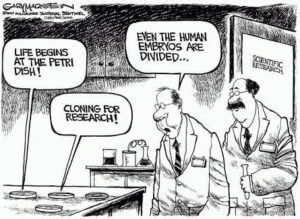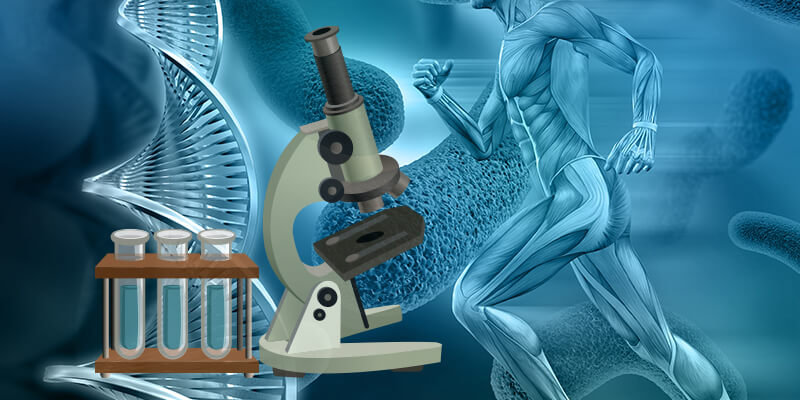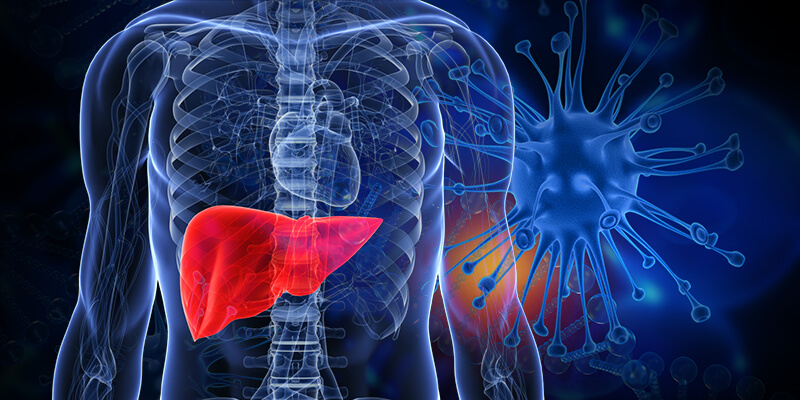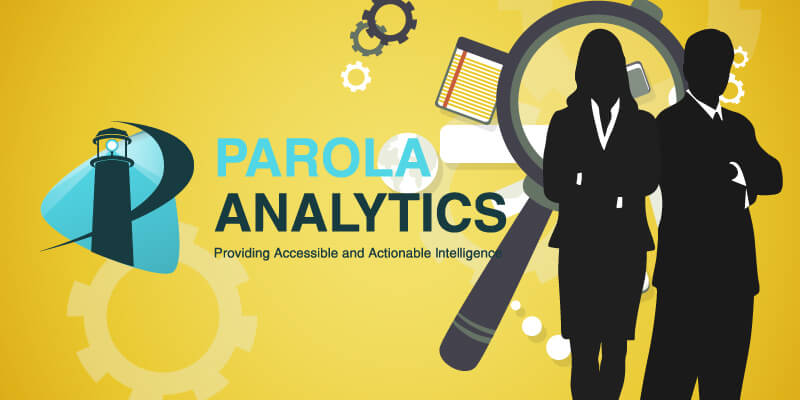Growing organs in a dish previously sounded a lot like science fiction, but it is already happening. Named by The Scientist as one of the biggest scientific advancements of 2013, researchers have grown what are called “organoids,” three-dimensional organ-buds grown in a laboratory that incorporate certain features that closely resemble those of human organs. Organoids have already been grown for organs such as the eye, brain, gut, pancreas, and kidney. Starting materials for culturing organoids can be derived from developmentally immature progenitor cells, like embryonic stem (ES) or induced pluripotent stem cells (iPS). These cells work like blank scrabble tiles: given specific conditions, they can be any cell that you want them to be.
Organoids could aid researchers in learning about the functions and environments of human tissues with greater reliability than animal models or 2D culture systems can provide. They mimic natural organs more closely and can reduce reliance on the use of animals for drug testing.
How important is this technology? Organoids provide a new assay platform for researchers where they can control the external environment, modulate genes, and model tissues in a controlled setting. For example, we can now simulate how organs work inside our bodies at a level that has never been done before. Organoids derived from iPS also exhibit an additional advantage: they can help in understanding how genetic variations contribute to disease. Some of the key applications for organoids include cancer, stem cell and regenerative biology, and tissue engineering. For cancer, organoids provide a way to assess the impact of different risk factors and to model early stages in tumor development. In stem cell and regenerative biology, organoids hold promise for capturing early events in differentiation and organ development or regeneration. Organoids can also facilitate organ transplantation trials.

Organoids are slowly making their way from research labs to actual products and services. A few months ago, Hubrecht Organoid Technology (HUB), a Dutch university spin-out, partnered with Dutch health insurance companies to launch a €3 million trial to determine patients’ response to novel cystic fibrosis drugs. HUB also offers licenses for their patented organoid technology. Recently, Cellesce, a Cardiff-based life sciences company, received further funding to commercialize its organoids expansion technology. Their goal is to ensure there are enough organoids of sufficient quality to enable pharmaceutical applications. Cellesce has a pending patent on their process for the expansion of organoids.
On the flipside, the use of organoids presents certain ethical issues regarding their origin and possible uses. Because organoids are grown from cells and tissues obtained from human individuals, legal and moral issues relating to the preparation and use of human organoids need to be addressed. Technically, the technology has the potential to break new grounds by providing new medical research capabilities hitherto unavailable to researchers and accelerating the pace of product testing and development phase.
Sources:
Images. https://southdakotapolitics.blogs.com/.a/6a00d8341c046f53ef0115702a5e42970b-800wi”
Grens, K. (2013). “2013’s Big Advances in Science”. The Scientist. https://www.the-scientist.com/?articles.view/articleNo/38747/title/2013-s-Big-Advances-in-Science/
Organoids bring a new dimension to tissue research and engineering. (2017). https://www.broadinstitute.org/blog/organoids-bring-new-dimension-tissue-research-and-engineering
Life Sciences Hub Wales. (18 Apr 2017). Cellesce receives further funding to commercialise its Organoid Expansion technology. https://www.lifescienceshubwales.com/news/cellesce-receives-funding-commercialise-organoid-expansion-technology/
Hubrecht Organoid Technology. (5 Jan 2017). HUB and Dutch Health Insurance Companies to Validate Use of Organoids for Cystic Fybrosis. https://hub4organoids.eu/hub-and-dutch-health-insurance-companies-to-validate-use-of-organoids-for-cystic-fybrosis/
Brendenoord, A., Clevers, H., and Knoblich, J. (2017). Human tissues in a dish: The research and ethical implications of organoid technology. https://science.sciencemag.org/content/355/6322/eaaf9414






